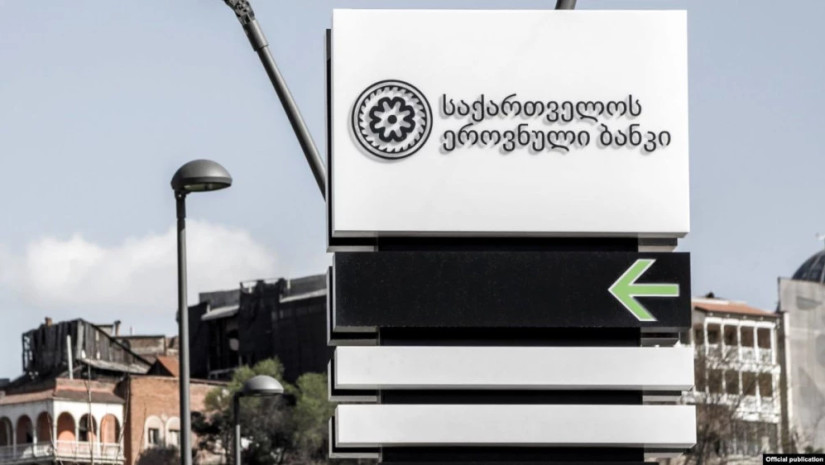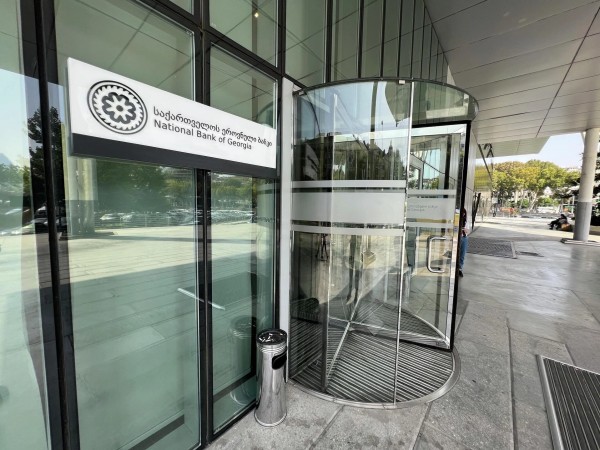The lending in the country is at a sustainable level, so there is no need to tighten the buffer at the moment,- announced the Financial Stability Committee of the National Bank of Georgia on Wednesday.
"If the countercyclical buffer is increased, it would become more expensive for commercial banks to attract financial resources", - the NBG said.
The committee has decided to leave the countercyclical buffer unchanged, at 1%.
"In the current period, credit activity is at a sustainable level, banks have healthy capital and liquidity indicators, and the quality of assets has improved compared to the previous year. In April 2023, the annual growth of loans, excluding the effect of the exchange rate, amounted to 13.2%",- the document reads.
The countercyclical capital buffer is used to protect the banking sector from losses that can be caused by cyclical systemic risks. Countercyclical capital buffer requirement requires banks to add capital at times when credit is growing rapidly so that the buffer can be reduced when the financial cycle turns.
The countercyclical capital buffer is determined by analysing the credit-to-GDP ratio, trends in lending and characteristics of the country's domestic and external macro-financial environment.















